Mulch is the icing on the cake to any new landscape design, controlling weeds and offering a multitude of benefits to your garden flowers and plants. It’s a good habit to get into to preserve the look and health of your landscape and flower beds.
There are two types of mulch, organic mulch and inorganic mulch. They both have advantages and disadvantages. Inorganic mulches usually consists of rock, plastic or rubber. Inorganic mulches are great because they do not decompose and you don’t have to reapply new material every year. They are also great for color and texture throughout your landscape beds. Usually when applying inorganic mulches your first step would be to install a weed barrier whether it’s fabric or poly to prevent weeds from coming up. Some disadvantages to inorganic mulches is they do not provide any nutrients for the soil and plants. On hot summer day’s rocks do not retain moisture so they tend to heat and cause soil and plant material to dry up much quicker.
Organic mulches are made from previously living materials, such as pine bark or wood chips. They come in many varieties and textures. Most gardeners know that a good mulch will help to prevent the germination of weeds, but there are many other benefits to having a good layer of mulch over the bare soil areas in your landscape. Organic mulches decompose over time. This adds nutrients to the top layer of the soil, eventually creating a layer of rich, fertile humus. Mulch protects soil from compaction due to heavy rains and harsh sun in the summer months, it also helps oxygen levels in the soil. A circle of mulch around trees and woody shrubs helps to protect plant roots near the soil surface from injury due to string trimmers and lawnmower blades. Fall is a good time to apply mulch, to protect the roots of your plants, as perennials die back it provides a layer of protection for their root system during the winter months.
When you install organic mulch take the time to pull any grass or weeds that have come up. Once weeds are pulled it’s a good idea to put down some kind of weed preventer, whether fabric or preen as both do a good job. One thing to note about fabric is as the mulch decomposes it has no chance for the nutrients to get into the soil, also most weeds come from seeds that are blown in from the wind and when the mulch decomposes the seeds grow on top of that fabric and you’re in for a battle. Preen is another common approach which is a granular weed preventer that breaks down in the soil and prevents any seed from germinating. Preen will not kill any existing weeds nor will it hurt your plant material. When laying the mulch a rule of thumb is the lay it approximately 3-4” thick on bare soil.
Pahl’s provides 5 different colors of mulch in either bags or bulk, Hardwood Mulch, Red Colored Mulch, Gold Colored Mulch, Dark Brown Mulch, Western Red Cedar Mulch and Cypress Mulch. We do install mulch through Pahl’s Landscaping or if you’re a do-it-yourselfer Pahl’s can deliver or you can come on in to pick it up yourself.

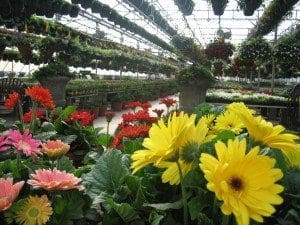
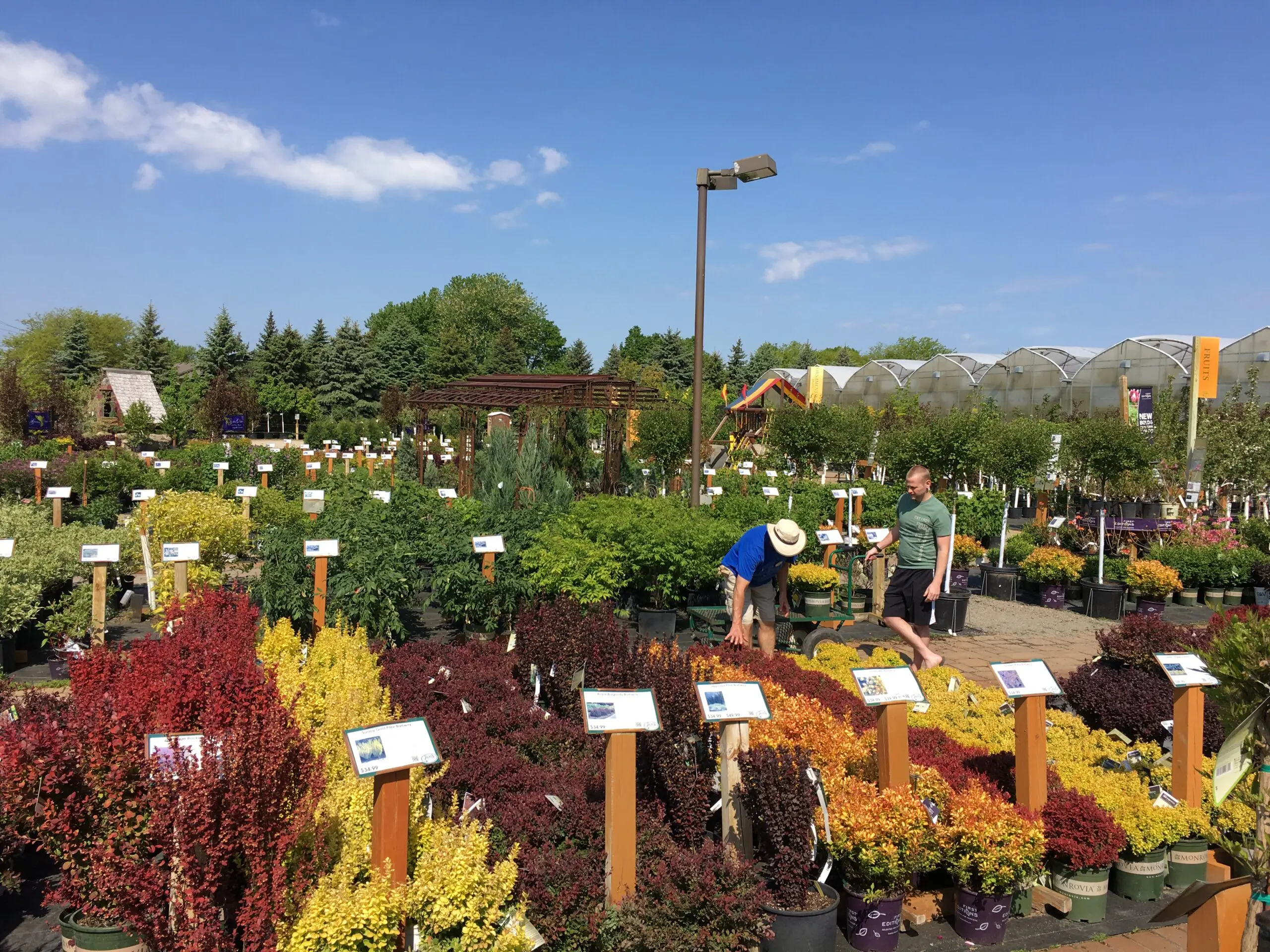
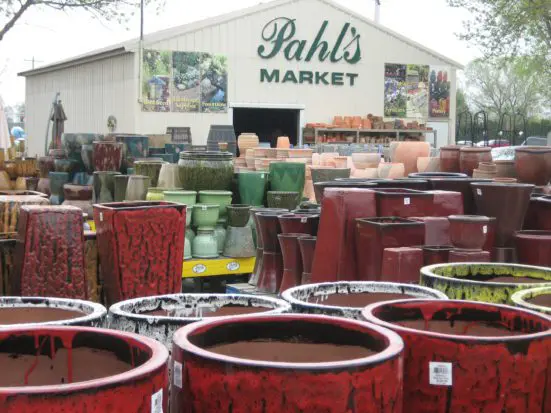
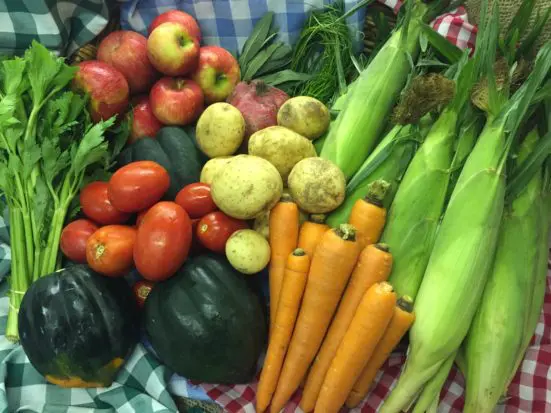



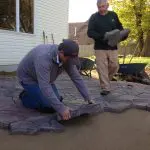
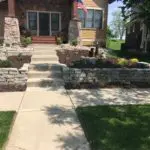

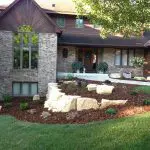
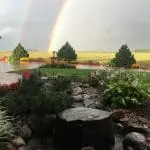


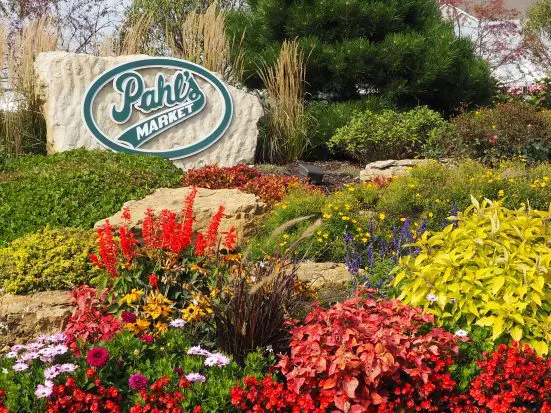



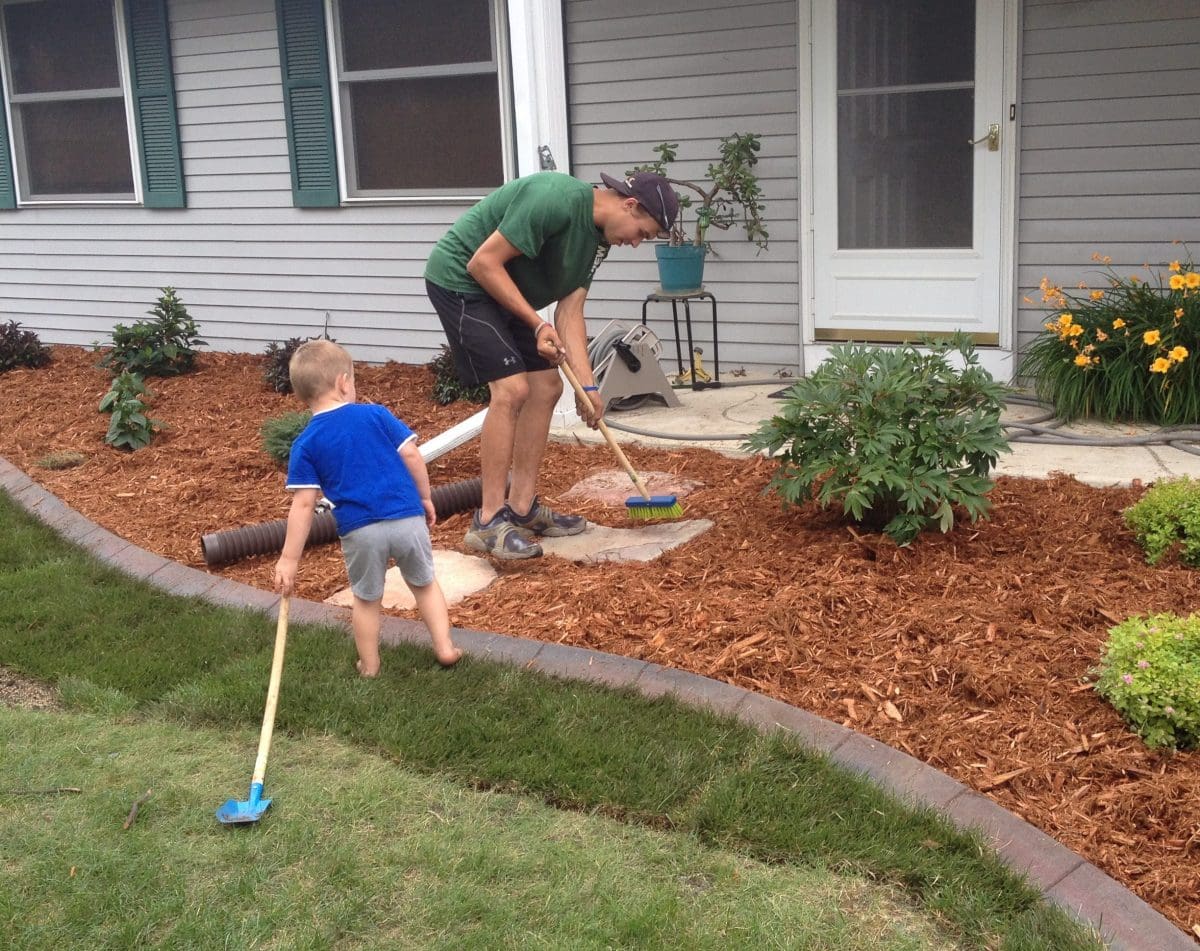
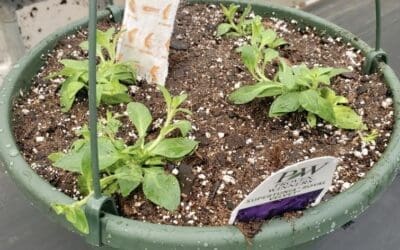
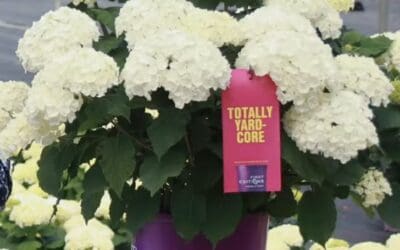

0 Comments